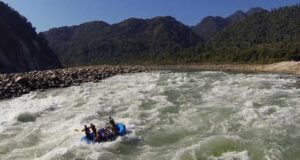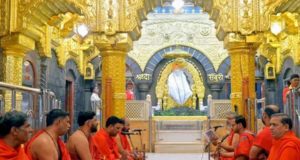Hampi A Grand Open Sanctuary of Religion, History, and Structural Design
Hampi is a parish town, holding religious and historical significance, situated in the eastern part of central Karnataka state in India. The huge rock-spread hills and the intersecting river make a peculiar topography for this old capital. The landscape holding mammoth stones, which were utilized to make huge statues of Hindu deities, exhibits historic and religious aura at every few steps. Therefore, one day is not enough to visit Hampi for architecture lovers.
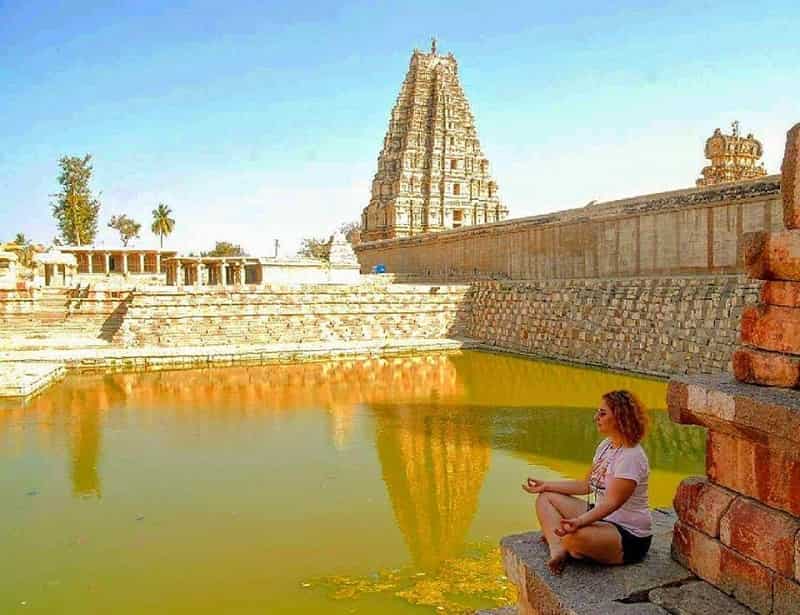
The name of the village comes from the Pampa, the ancient name of the Tungabhadra River. Since several years until now, the rural metropolitan is also called Vijayanagara and Virupakshapura, as it holds the famous shrine of Virupaksha, the supporter deity of the Vijayanagara monarchs.
Covering an area of over 25 square km, the Hampi ruins, it current fame, is stuffed with mammoth temples, market streets, palaces, aquatic edifices, and fortifications along with other historic structures. These ruins form a part of the UNESCO World Heritage Site since 2002 known as the Group of Monuments at Hampi, which is a well-known tourist destination. The region is also a mining site of many mineral deposits such as iron-ore and manganese.
The Archaeological Survey of India is still excavating the area to seek more relics and temples.
History/Legend
The epical history of Hampi starts with Ramayana and ends with its empirical history after the Vijayanagara Dynasty. It is considered the capital city of Kishkindha, which was the mighty vanara (monkey) kingdom specified in the epic of Ramayana. This is in fact evident with several materialistic items found in Hampi.
Ramayana
Hampi is the birthplace of Shree Hanuman, the monkey headed devotee of Lord Ram and the meeting place of Hanuman and Lord Ram. There are other legends too with this place that form a part of the Ramayana.
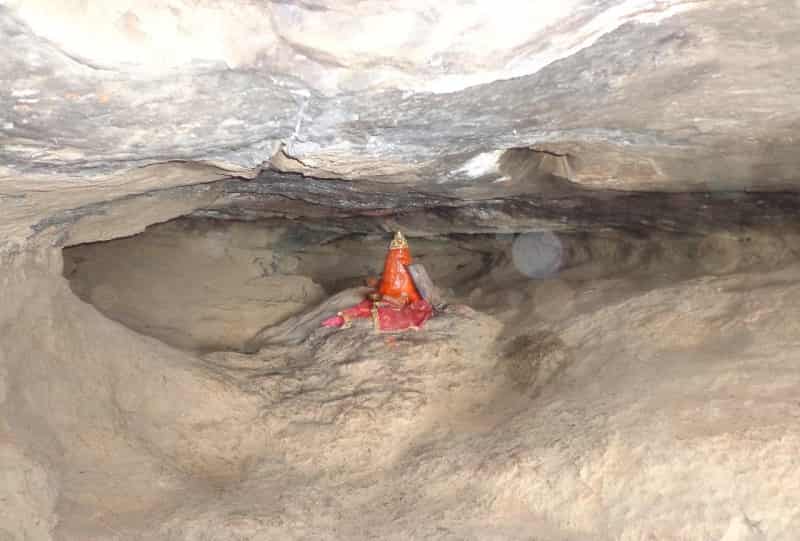
The monkey kings, Vali and Sugriva, ruled Kishkindha. However, due to quarrel, Sugriva was forced to leave the town who then took shelter on the Matanga Hill along with Hanuman, which is on the south of Tungabhadra and to the east of Hampi. In search of his abducted divine consort, Sita, by the demon Ravana; Ram along with his brother Laxman reached south where they met Sugriva and Hanuman. On listening to the injustice done to Sugriva, Lord Ram killed Vali and gave Sugriva his kingdom back. After this, Lord Ram resided on the Malyavanta Hill to know the outcome of the Hanumans seek for Sita in Lanka. This hill is on the way to Kampili from Hampi hosting the Raghunatha temple dedicated to Lord Ram with its huge image.
Further, it is believed that the huge heap of ash in the close by town of Nimbapuram is the remains of Vali. A cave on the south of Tungabhadra is believed to be the place where Sugriva buried Sitas jewels for security and that the marks on the nearby rock are held to be that of Sitas garments. The Anjana Giri (place where Shree Hanuman’s mother Shrimati Anjani did penance) and Rishyamukha hills are also on the north of the river.
Therefore, Hampi and its surroundings are holy and an important pilgrimage centre in the south India.
Vijayanagara Era
Two brothers namely, Harihara and Bukka Raya discovered Hampi in 1336 A.D. who were guided by their Guru Vidyaranya. This then became the capital due to its tactical location whose one side is surrounded by the pouring Tungabhadra River and the other three sides with the impregnable hills. At those times, the largest Hindu empire and the trading centres in the world; the markets remained throng with merchants across the globe to exchange their goods with spices and cotton, the bountiful production in Hampi. Not only this, but also rubies, diamonds, and all precious stones were held for sale with gold and silver as the currencies.
Apart from traders, devotees and poets also found it of utmost importance due to presence of more than 100 temples. Many festivals and occasions were celebrated on a grand scale without losing its true significance. The place also draws the famous names such as Shri Purandara Dasa and Tenali Rama.
This golden era at the time of the King Krishna Deva Raya (1509 1529) vanished since 1565 after the attacks from the Deccan Sultans of Bidar, Bijapur, Golconda, Ahmednagar, and Berar. During these attacks, the city was plundered for 6 months wherein the temples were demolished and the markets were robbed.
Tourists Attractions
Maximum relics exist on the way from Kamalapura to Hampi. Listed below are the local sights in and around Hampi.
Virupaksha Temple (Pampapathi Temple)
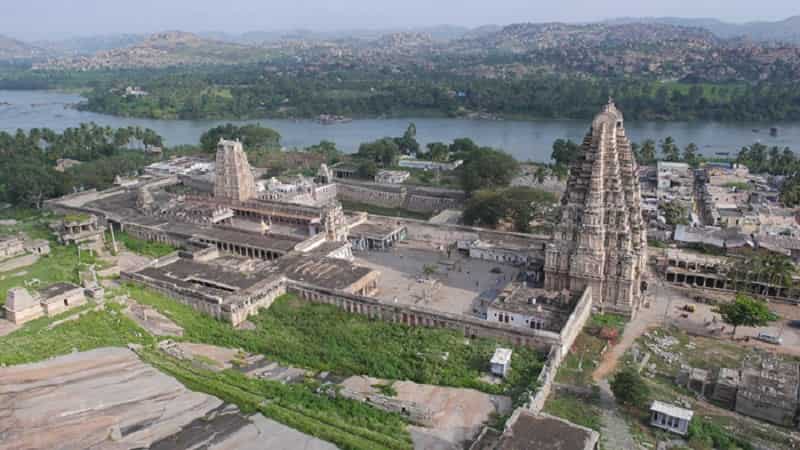
This is the most famous pilgrimage centre dedicated to the Hindu god of destruction at the bank of the river towards the west of the Hampi market. The temple is among the oldest temples dated back to the 7th century and has the shrines of Lord Shiva and two Goddesses named Pampa and Bhuvaneswari. Equally thronged with the tourists, the complex offers the god’s sanctum, pillared halls, and several mammoth entrance towers. This is among the best place to view the religious festivals with propinquity situated at the foot of the Hemakuta Hill.
Vittala Temple
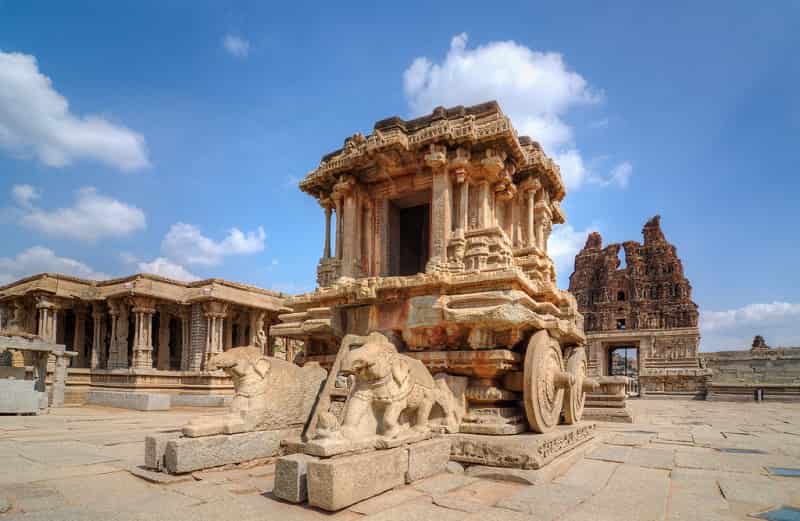
Dedicated to Vittala who is a form of Lord Vishnu, the perpetuator of life; this shrine is an architectural marvel. Comprising of many halls and shrines in the campus and a mantapa in its front, the halls hold the astonishing pillars inlaid with the lively carvings. A noticeable feature here is a series of 56 pillars that when hit reverberates in the environs due to which they are known as ‘musical pillars’. The campus of this temple is full of several smaller lavish temples along with a unique stone chariot. Erected on a lavish platform, the shrine’s roof stands on giant granite pillars each having a middle pillar enclosed by disconnected shafts. All this is carved amazingly from a single block of stone.
Stone Chariot
This is a huge eye-captivating chariot on revolving wheels that is in front of the Vittala temple towards the east of the hall.
Royal Enclosure
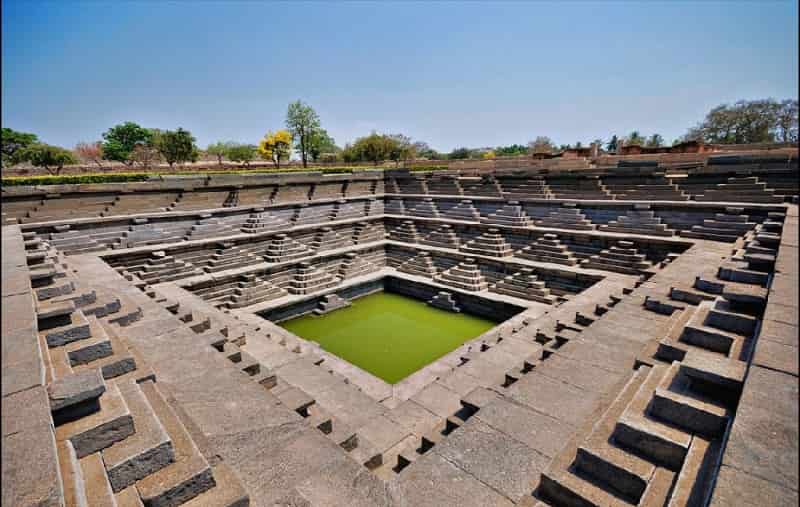
This is a fortified complex known as the seat of the previous kings. It is an extensive portion holding the relics of many structures such as the Mahanavami Platform that was used by the king to view the annual parade of royal dignity and military power. Other attractive structures here are several palace bases, underground temple, and aquatic structures.
Riverside Trek Path
Linking the ancient Hampi market with the Vittala temple, this walkway is full of shrines, carved relics, and ruins of ancient structures such as the 1008 Shiva lings, the phallic form of Lord Shiva, in a matrix form on a sheet of rock at the shore.
Hemakuta Hill Temples
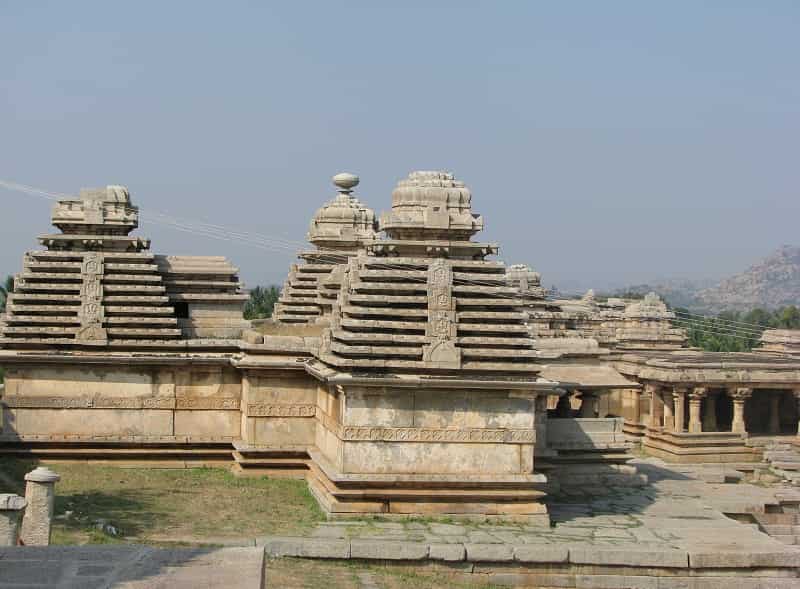
A stretch of rocky mass with remarkable ripples, this hill holds many temples dated prior to the Vijayanagara Empire. The attractive feature of these temples is the triple chambering with pyramid-shaped roofs of granite. This place is a key legendary site.
Sasivekalu Ganesha
This is another huge statue of Lord Ganesha situated within an open pavilion. This four-handed Lord’s carving is a superb archetype of the Vijayanagara artisans. The statue is named so because of the shape of the God’s potbelly as a mustard seed that is known as Sasivekalu in the local language
Kadalekalu Ganesha
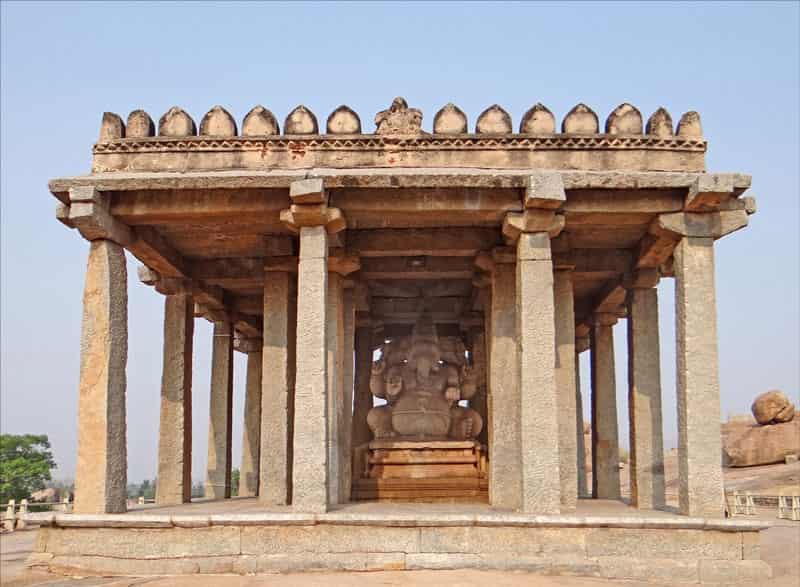
This refers to a gigantic statue of Lord Ganesha, who is an elephant-headed deity capable of destroying obstacles. 14 feet tall sculpture carved on the Hemakuta Hill, the slim pillars of granite along with several legendary themes adorn the front hall. The statue is named so because of its shape as a gram seed that is known as Kadalekalu in the local language.
Balakrishna Temple
Dedicated to the infant age of Lord Krishna who is one of the incarnations of Lord Vishnu (the perpetuator of life), this temple complex offers the shrines of the goddesses, the chariot/market street, and the temple tank. The primary hall comprises of a sequence of carved pillars inlaid with mythical wild animals. Built in 1513 A.D. by Krishnadeva Raya, this shrine marked his victory against Prataparudra Gajapati, the ruler of Orissa. At the time of battle, he took away an image of child Krishna, which is enshrined here.
Lakshmi Narsimha
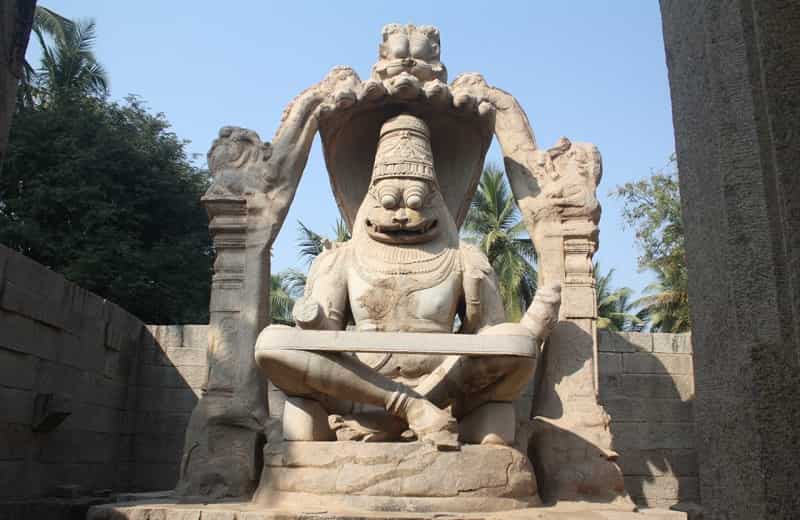
The largest emblem in Hampi, this is a monolithic statue of the Hindu deity Narsimha, who is lion-headed with human body and among the 10 incarnations of Lord Vishnu. It is also known as Ugra Narasimha, which means Narasimha of frightening countenance and is made out of a rock in-situ. An inscription near to it informs that this structure was erected only from a single rock in 1528 A.D. at the time of Krishnadeva Raya. Seated in a cross-legged position, a popular belief holds that the originally his consort Goddess Lakshmi was depicted on his lap. However, this carving was demolished at the time of attacks from the enemies that leaves only a hand of the goddess on his waist.
Queen’s Bath
A royal area of the village that seems to be an indoor swimming pool, the courtly women utilized it on a large scale. Surrounded by a big veranda with projecting balconies facing the middle pool, this structure exhibits the Indo-Islamic hybrid style. Arched corridors and lotus-like fountains sprouting fragrant water surround the 50 feet long and 6 feet deep pool.
Lotus Mahal
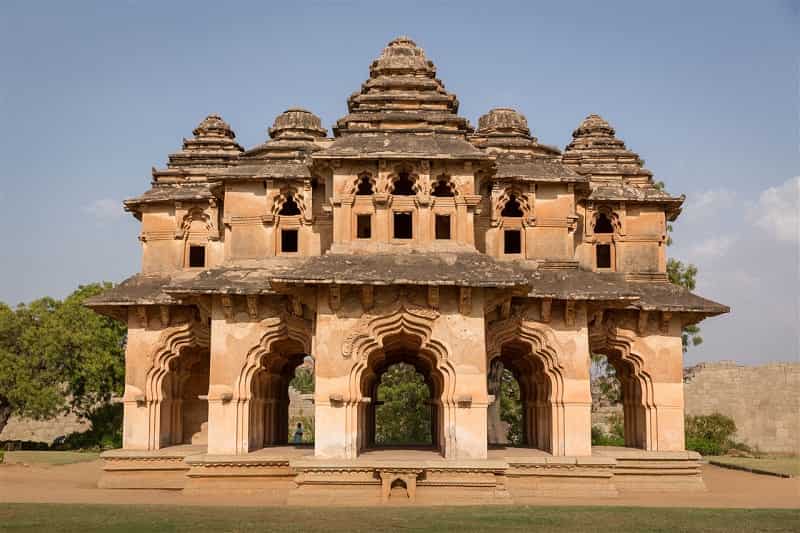
A lavish structure shaped like lotus atop, it was once the office of the army chief and a delightful porch of the queens of the palace. The porch exhibits Islamic architecture in its arches and roofs; while the base reveals the style of Hindu temples. This royal mansion comprises of two storeys adorned with splendid symmetrical arc ways. For the queens, it was an air-conditioned summer palace.
Hazara Rama Temple
The king’s private temple, it is an exceptional structure adorned with unusual carved outer walls and carved epics of Ramayana on all walls of mandapa in form of strips of comics. Another striking feature is the four polished pillars in the interior inlaid with fine sculpting of religious themes.
Elephant Stables
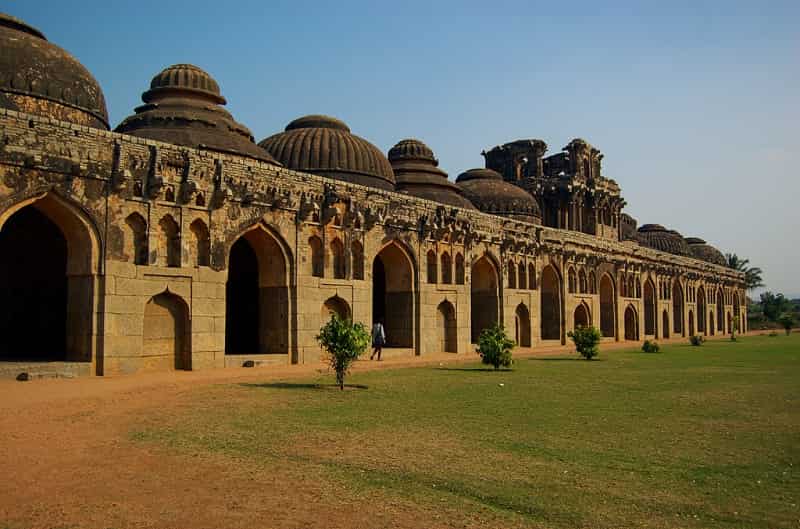
A long structure made as the shelter of the royal elephants, it is a sequence of chambers each spacious enough to hold two elephants. Adorned with domical roofs, the structure has a central hall with an intricate tower. It is a huge stable that exhibits Hindu-Muslim style of architecture.
Malyavanta Raghunatha Swamy
Situated 3 km away and created in the Dravidian style, its worth visiting feature are the carvings of unusual fishes and aquatic monsters along its outer walls.
Pattabhirama Temple
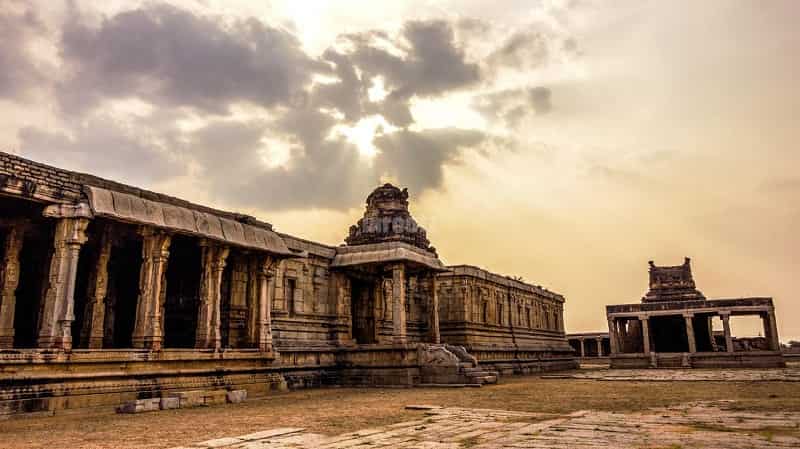
An extensive campus devoted to Lord Ram, the notable features are pillared halls and tall legendary beats in form of sequential pillars.
Hampi Bazaar
An attractive street with beautiful houses, it is nearly 800 yards long.
House of Victory
Commemorating Krishnadeva Raya’s victory against the King of Orissa, this was the place where the King used to sit on a royal throne and view the nine-day celebrations of the Dussehra festival. The noticeable feature here is the carving of the spaces amidst the rows of the plinth-moldings.
King’s Balance
Located to the southwest of Vittala Temple and comprising of two high-carved granite pillars, this was the place where kings were weighed besides grain, gold, or money. The gathered cash in money or kind was given to the poor.
Noblemen’s Palace
Recently discovered, it is believed that this palace was made for the nobles and high-ranking officials.
Daroji Bear Sanctuary
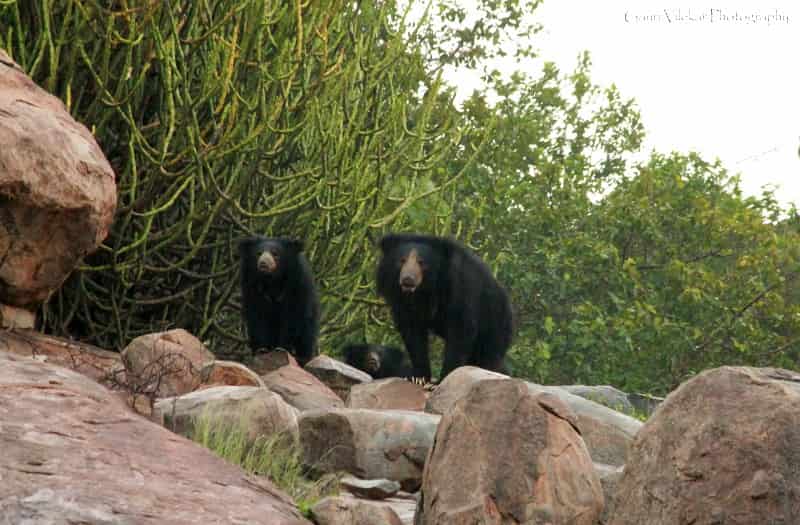
Located near Hampi and opened in 1994, this is the home of Indian Sloth Bears in the eastern plains of Karnataka.
Water Channels
The palace area holds several water tanks varying in sizes. To be elaborative, the entire Hampi ruins offer many water tanks.
Stepped Tank
This is an attractive relic in the Durbar area and is a tiled structure built in chlorite schist. It was utilized by the imperials and at the time of performing religious rituals.
Other Worth Visiting Places is Listed Below.
- Achyutaraya Temple/Tiruvengalanatha Temple
- Akka Tangi Gudda
- Anegondi
- Anjeyanadri Hill
- Aqueducts and Canals
- Archaeological Museum at Kamalapura
- Badava Linga
- Chandramouleshwara Temple
- The Underground Temple
- Uddana Veerabhadra Temple
- Yeduru Basavanna
- Yantrodharaka Anjaneya Temple
- Zenana Enclosure
- Virupapur
- Madhavan Palace having over 10,00,000 pillars
Fairs and Festivals
The best time to visit Hampi is from October to March due to its numerous festivals.
Hampi Festival
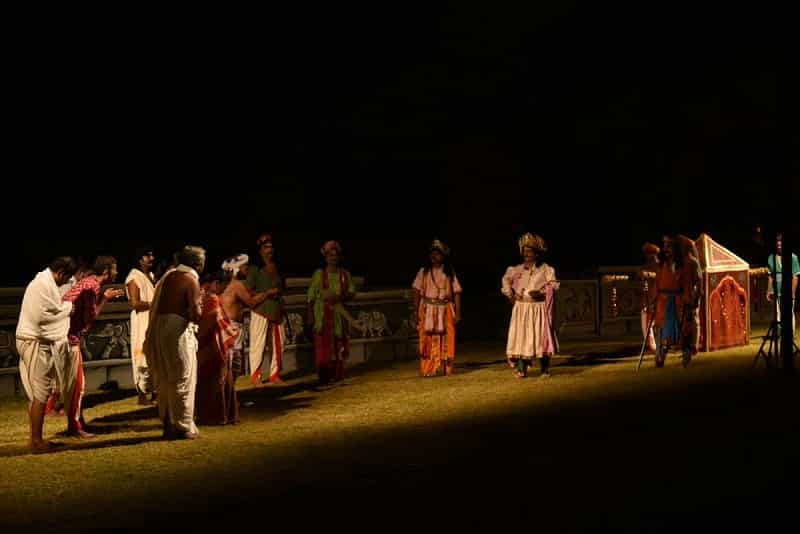
The largest festival of the town for 3 days held in the first week of November, the celebrations include programs on music, dance, puppet shows, fireworks, and a ceremonial procession forming the grand finale highlighting the cultural heritage. Additional programs include rock climbing, water sports, and rural sports.
Purandara Dasa Aradhana
The traditional musical festival held for 2-3 days in January/February to mark the birthday of the historic poet of Hampi, Purandara Dasa; the celebration include worldwide musicians’ participation whose voice fills the environs with the vibrations of music and rhythm.
Virupaksha Car Festival
The largest religious festival held in March/April marking the ritual marriage of the god and goddess, its attraction is the procession wherein the image of the god and goddess is put on the huge wooden chariot (temple car) carried along the chariot street.
Phalapuja Festival
Held in December at the Virupaksha temple, this festival commemorates the ceremonial betrothal of the sacred couple.
Diwali Festival
Celebrated across the world, Hampi is no exception to it. Usually coming in October/November, the major attractions here are the Hampi Bazaar where all the celebrations are held, lit nights with firecrackers, and the Virupaksha temple holding special ceremonial functions in evening that involves a procession.
Maha Shivratri
Celebrated in February/March, this is one of the important festivals celebrated in all temples of Lord Shiva with nightlong offering at Virupaksha Temple.
Vijaynagar Festival
Held in December by the Government of the State, it exhibits the opulence of the historic era of Hampi.
Hampi by Night
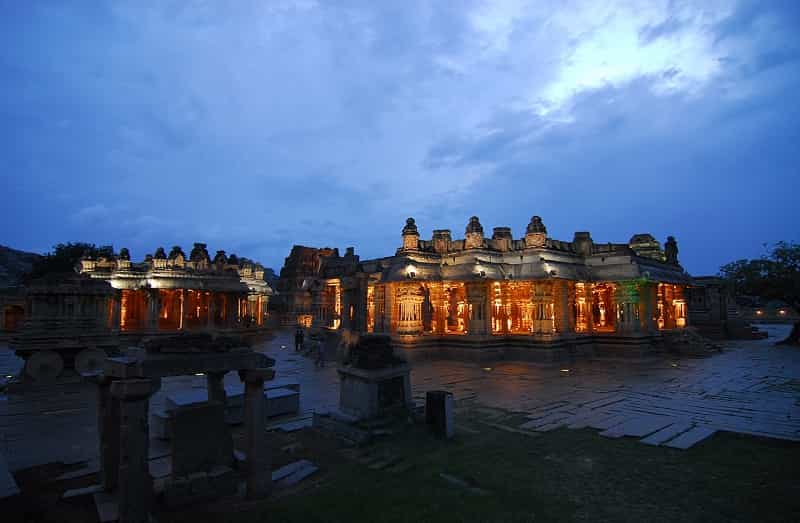
This refers to the splendid view of the lit ruins at night including dinning with music.
Reaching Hampi
By air, the closest airport is at Tornagallu in Sandur Taluka, 32 km away from Hospet; the nearest rail head at 13 km from Hampi. The other convenient airports are Bellary at 74 km, Belgaum at 190 km, and Bangalore at 353 km. Hospet is well connected to other parts of state and major cities of India. By road, Hampi is approachable from Hospet, Bangalore, Bellary, Hubli, Guntakal, and Bijapur.
